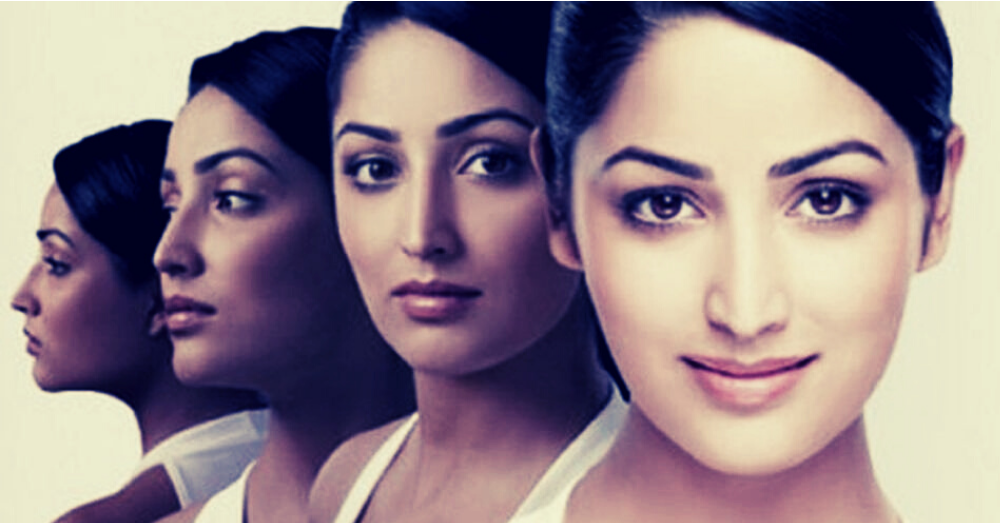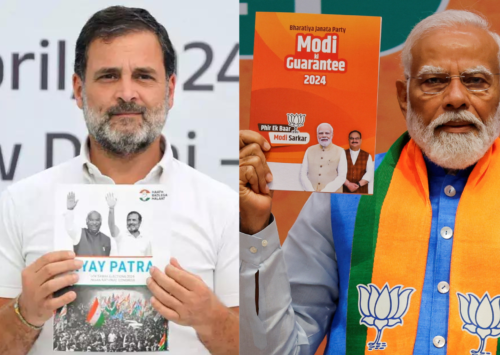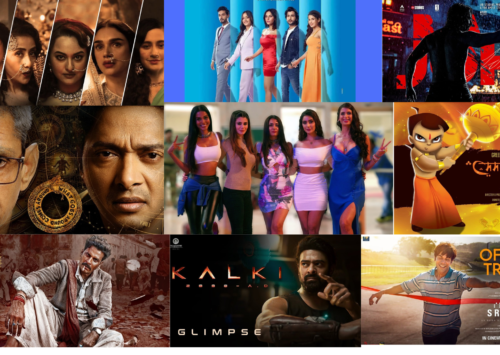Fair is still lovely & men rule Bollywood: AI study
“The USD 2.1 billion film industry continues to associate beauty with fair skin. The conception of beauty has remained consistent through the years in the Bollywood film industry centred in Mumbai,” reads a report by Indian-origin researchers at Carnegie Mellon University (CMU), in Pittsburgh, Pennsylvania, United States.
The automated computer analysis led by Kunal Khadilkar and Ashiqur KhudaBukhsh of CMU’s Language Technologies Institute (LTI), gathered about 100 Bollywood movies from each of the past seven decades along with 100 of the top-grossing Hollywood movies from the same periods. They then used statistical language models to analyse subtitles of those 1,400 films for gender and social biases, looking for such factors as what words are closely associated with each other.
Research findings
The researchers assessed beauty conventions in movies by using a ‘cloze test’. “It is a fill-in-the-blank exercise, for example, ‘A beautiful woman should have (blank) skin.’ A language model normally would predict ‘soft’ as the answer but when the model was trained with the Bollywood subtitles, the consistent prediction became ‘fair’, the researchers explain.
To assess the prevalence of male characters, the researchers used a metric called Male Pronoun Ratio (MPR), which compares the occurrence of male pronouns such as ‘he’ and ‘him’ with the total occurrences of male and female pronouns. Again, they found that the highest-grossing films in Bollywood in each decade was one with a strong male character, more male characters and very few female characters.
“We noticed a similar bias in Hollywood films too but only till the 1980s. Though it continues to exist, during the 1990s and after the 2000s, there is a significant decline in skin-colour biases and gender biases in Hollywood films. Bollywood, however, continues to grapple with the same problems,” researcher KhudaBuksh says.
Gender & colour biases
Mumbai-based aspiring actor Chitranshu Mukherjee agrees with the findings of the research and says that Indian cinema, especially Bollywood, still discriminates against dark-skinned actors. “You would think that they have changed but if you are an aspiring actor, you will still be rejected in Bollywood on the basis of your skin colour. Being a male, it has happened less, but my female friends have been refused and told that they did not have a skin colour that would ‘look interesting’ on screen. It is much worse in Bollywood than regional film industries,” he adds.
A 23-year-old aspiring female actor, also based in Mumbai, says that she has been witness to how dark-skinned girls are humiliated during auditions. “I have seen girls crying after auditions as they were rejected for being dark. They say they feel helpless as they cannot change how their skin looks,” she explains.
She says that despite the presence of ace female actors and women-centric films in the industry, Bollywood is still biased towards male actors. “Audiences will rarely hoot and clap when a woman does an action scene on screen. But when it is a male doing the same thing, somehow it manages to generate cheers in cinema halls. Female-led films may qualify for awards and accolades, but it is still the male actors who will bring audiences into the cinema hall and make money,” she adds.
The research also scanned lines and lyrics from 1,400 films across 70 years and found that the same biases remain in almost all music industries across India, from the popular Punjabi industry in the north to the Tamil music industry in the south.
The silver lining
Despite the disappointing findings of the research, it also shows that certain social issues have been started to be talked about positively in Bollywood over the years.
The research revealed that babies whose births were depicted in Bollywood films from the 1950s and 60s were more often than not boys, in today’s films, boy and girl newborns are about evenly split.
In the 50s and 60s, dowries were socially acceptable and openly talked about in films but that is not the case anymore. By the 1970s, other words, such as ‘consent’ and ‘responsibility,’ began to appear.
“All of these things we kind of knew,” says KhudaBukhsh, “but now we have numbers to quantify them. And we can also see the progress over the last 70 years as some of these biases have reduced,” he adds.










